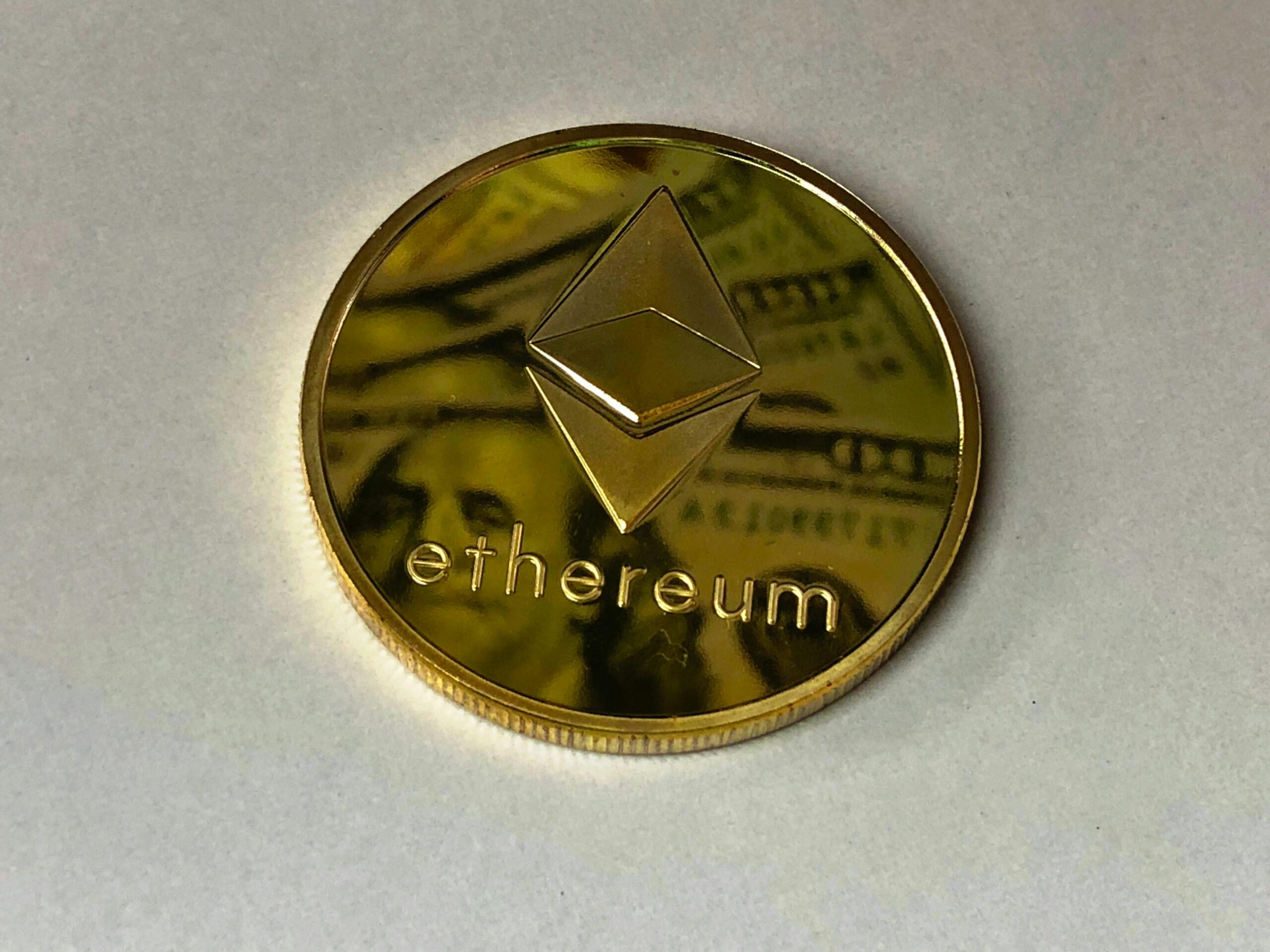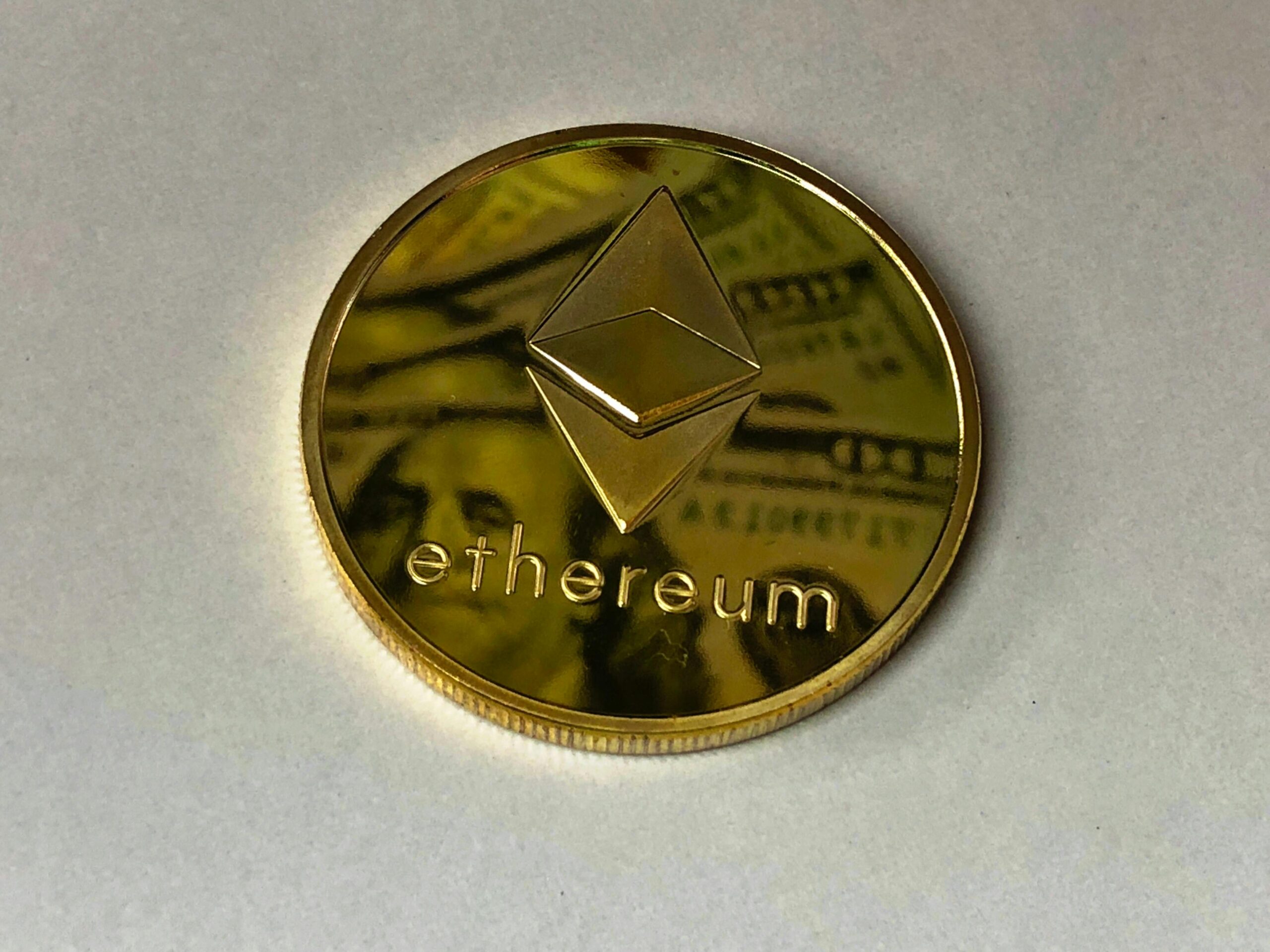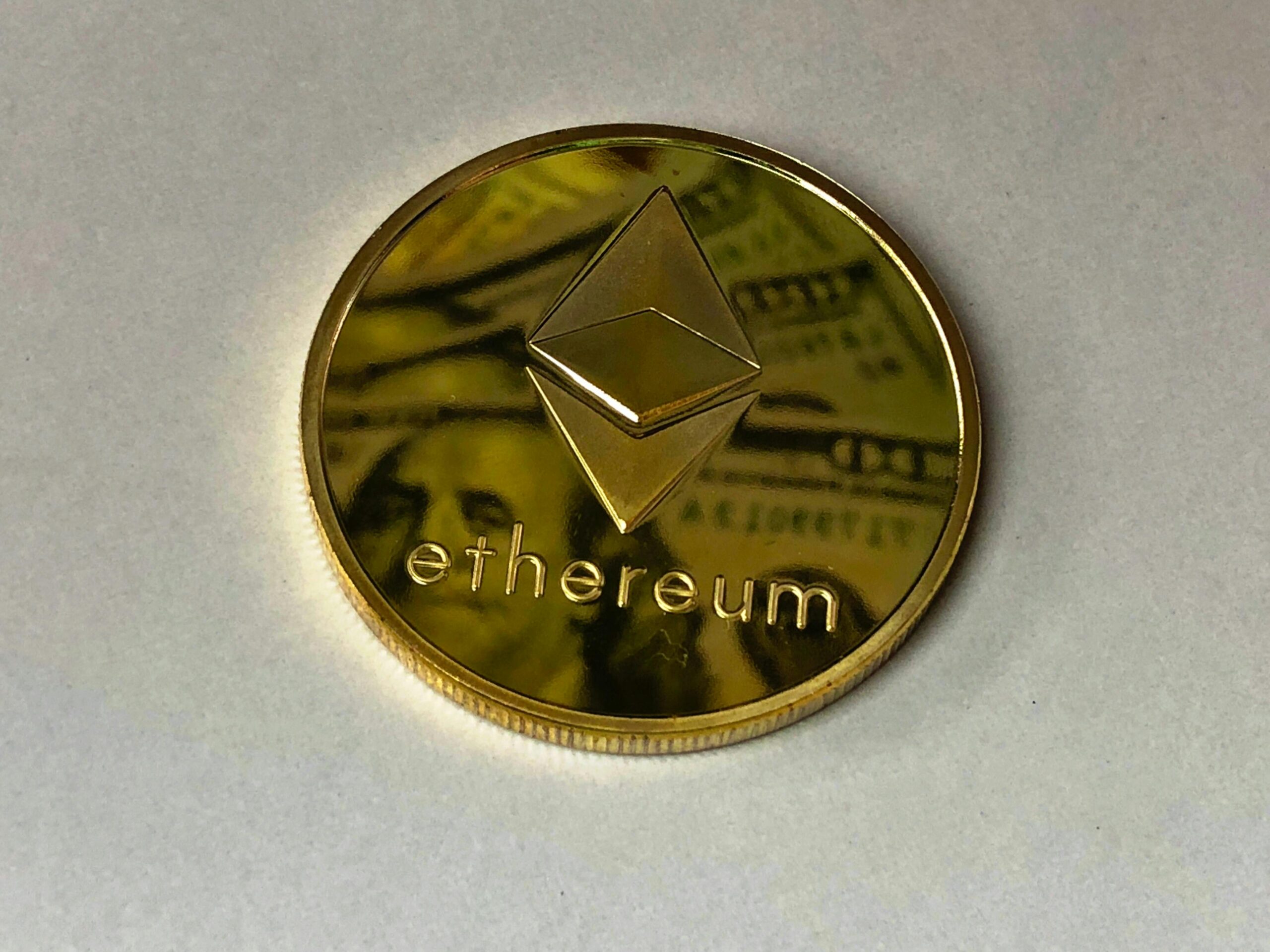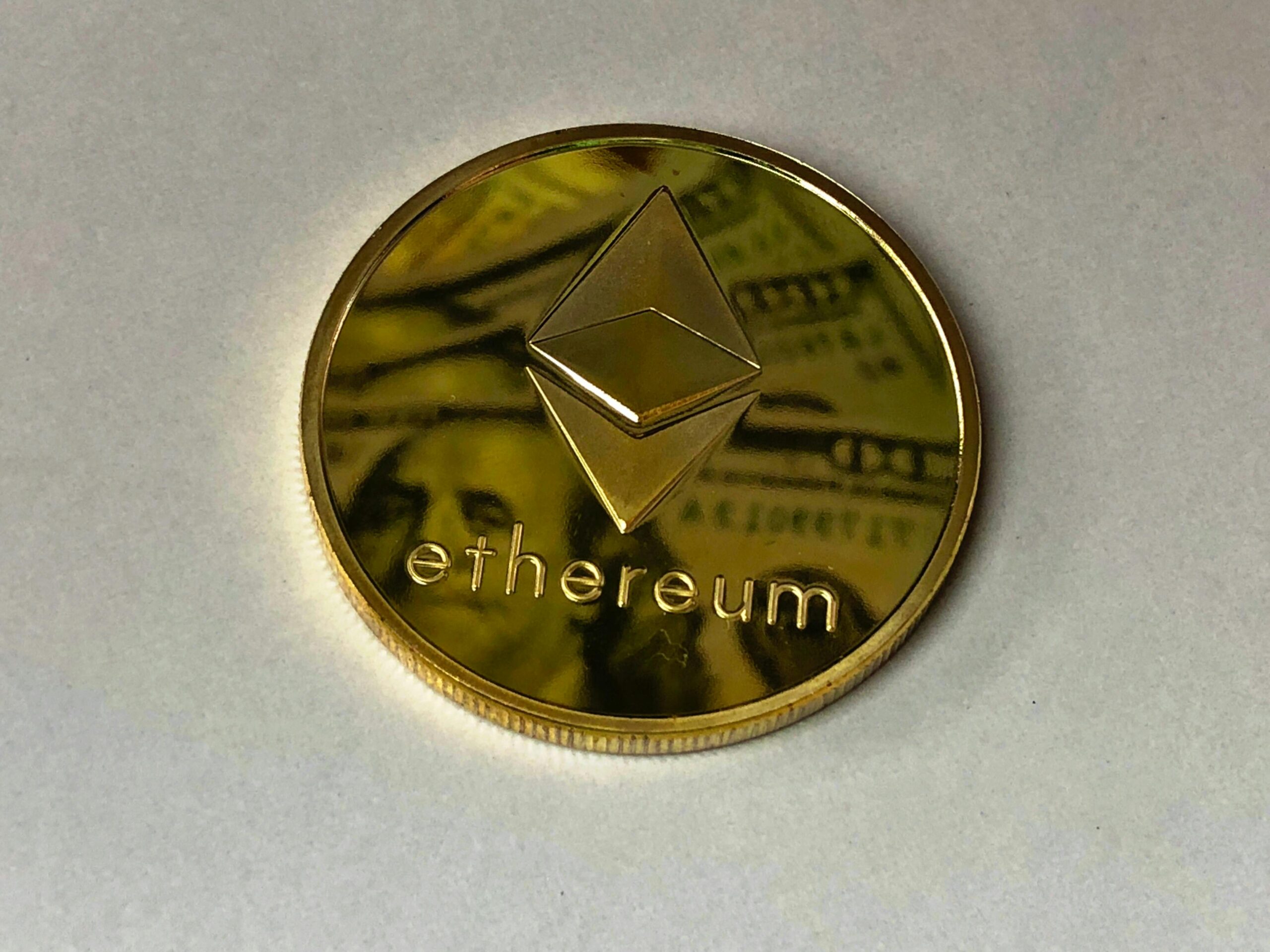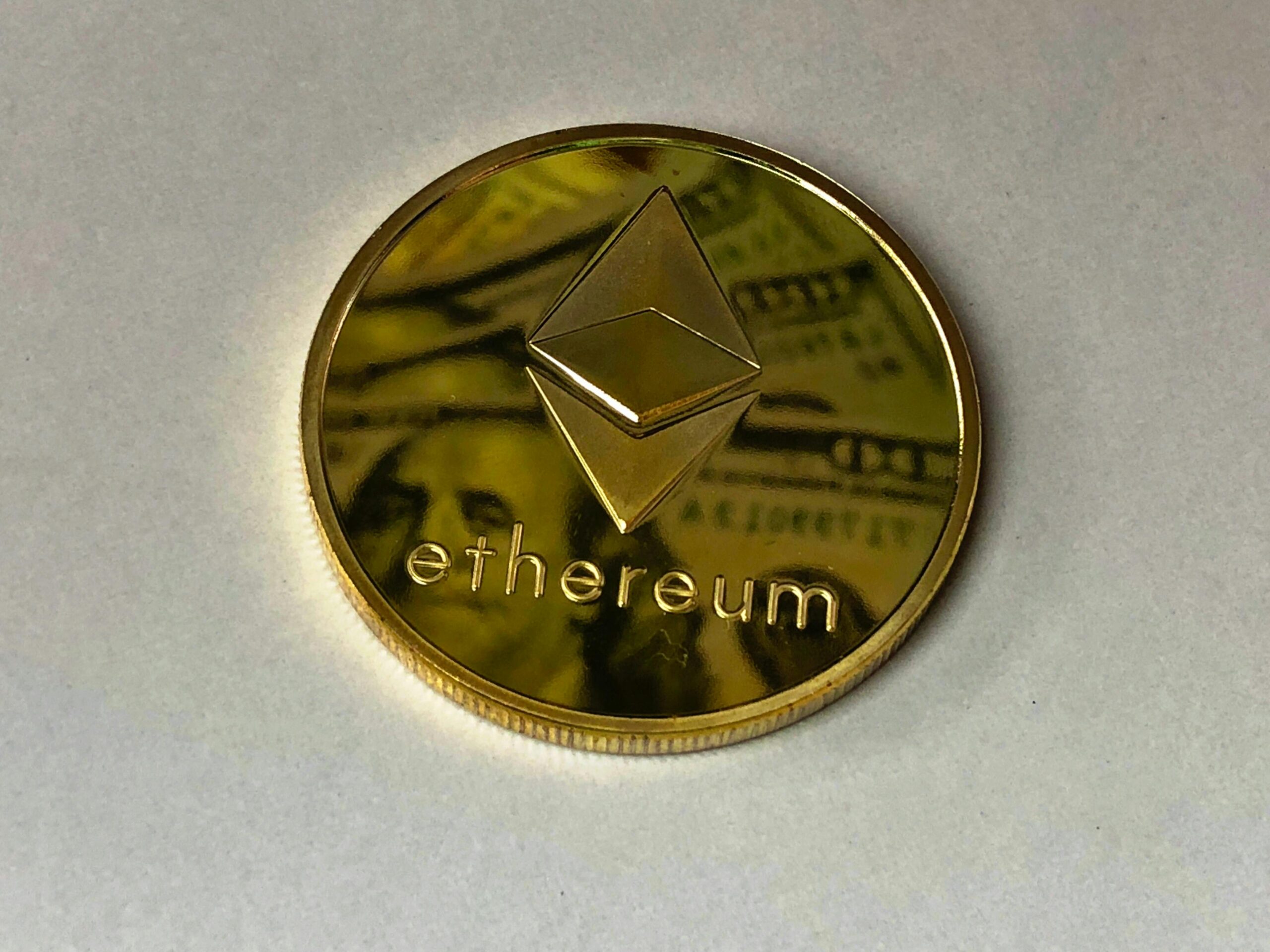
So you want to know about Initial Coin Offerings (ICOs)? Well, let me tell you – it’s a fascinating topic that has gained immense attention in the crypto space over the past few years. As your teacher, I’ll break down how ICOs work and provide some insights to help you navigate this complex world.
First off, an ICO is essentially a fundraising event where a company or project creates a new cryptocurrency or token and sells it to investors in exchange for funding. Think of it like a crowdfunding campaign, but instead of getting rewards or equity, investors receive a brand-new coin that may appreciate in value over time. Sounds simple enough, right?
Here’s how it typically goes down: let’s say John has an idea for a decentralized application (dApp) that solves a real-world problem using blockchain technology. He creates a whitepaper outlining the project’s goals, technical specifications, and future development plans. The whitepaper serves as a prospectus of sorts, highlighting the potential benefits and risks associated with investing in this new coin.
Next, John sets up an ICO website, often complete with eye-catching graphics, fancy animations, and an explainer video that showcases his vision for the project. He then creates a token – let’s call it “dAppCoin” (DAC) – which will be sold to investors during the ICO event. This is where things get interesting.
Investors can buy DAC tokens using more established cryptocurrencies like Bitcoin or Ethereum, and in some cases, even fiat currencies like the US dollar. In exchange for their investment, they’ll receive a certain number of DAC tokens, depending on how much they contributed. The token sale usually occurs during a predetermined time window – say, two weeks – after which the ICO is closed.
Now, you may be wondering: what’s to stop scammers from running off with investors’ money? Well, that’s where the concept of “smart contracts” comes into play. Smart contracts are self-executing pieces of code stored on a blockchain that automatically carry out actions when certain conditions are met. In the context of an ICO, smart contracts can be programmed to release tokens only after specific milestones have been reached or when the project team has unlocked certain development stages.
However, I must caution you – while smart contracts provide some level of security and transparency, they’re not foolproof. There’ve been instances where scammers manipulated these contracts to abscond with investors’ funds or simply failed to deliver on their promises. It’s crucial for investors to do their due diligence, research the project team, and carefully review the whitepaper before deciding whether or not to invest in an ICO.
Another critical aspect of ICOs is token economics – essentially, how tokens are structured and function within a particular ecosystem. For example, some projects create tokens with utility functions, like access to premium features or participation in governance decisions. Others might design their tokens solely for speculative purposes, relying on hype and scarcity to drive demand.
You see, when an ICO is successful, the newly minted token often gets listed on cryptocurrency exchanges, where it can be traded against other digital assets. If enough investors buy into the hype surrounding a project, it’s possible for its token value to skyrocket – at least in theory. That being said, most ICOs don’t achieve lasting success; according to some estimates, up to 80% of all ICOs ultimately fail.
As your teacher, I’ve got to advise you that investing in ICOs is an inherently high-risk affair. Many factors come into play when considering whether or not to participate in a token sale – the project’s technical feasibility, market demand for its proposed solution, regulatory environment, and even societal trends can all impact the potential return on investment.
That being said, I believe it’s essential to explore this space with an open mind. ICOs have democratized access to early-stage startup funding, allowing innovative projects to bypass traditional venture capital routes. While some of these endeavors might not pan out as expected, others could go on to revolutionize entire industries and create new opportunities for value creation.
Just remember: never invest more than you can afford to lose in an ICO, always prioritize thorough research over FOMO (fear of missing out), and maintain a critical perspective when evaluating project claims. With these principles in mind, I encourage you to explore this captivating world and perhaps even discover the next groundbreaking blockchain innovation.
In conclusion, Initial Coin Offerings represent an alternative fundraising model for crypto-based projects that carry both potential benefits and risks. By grasping how ICOs work – including their strengths and weaknesses – we can better navigate this complex landscape and make more informed decisions as investors, enthusiasts, or simply curious learners.










